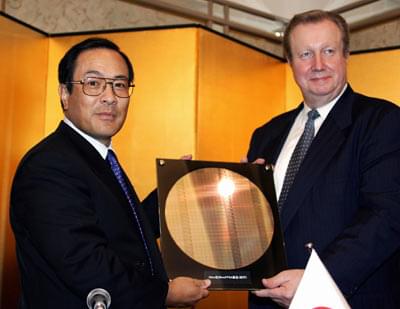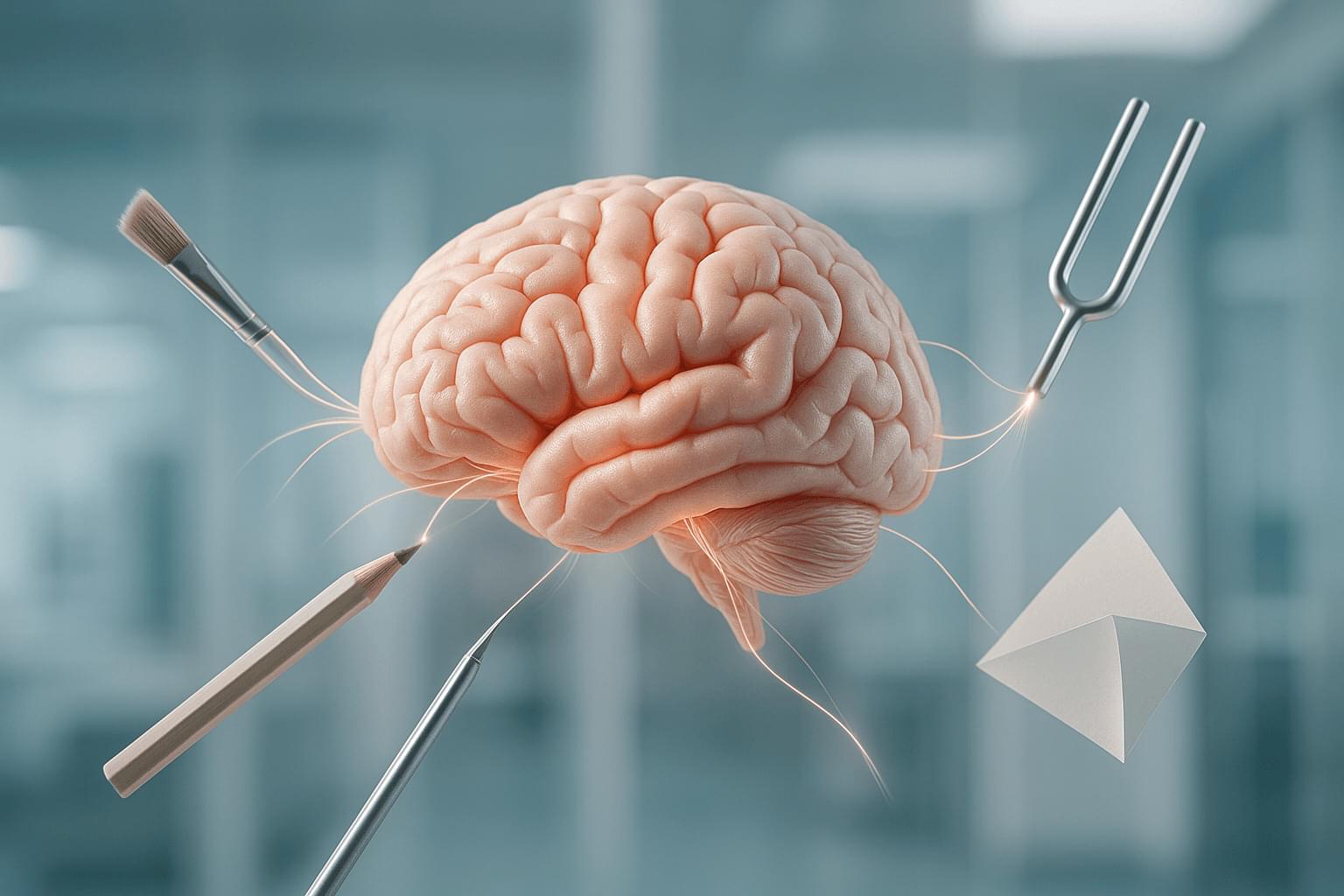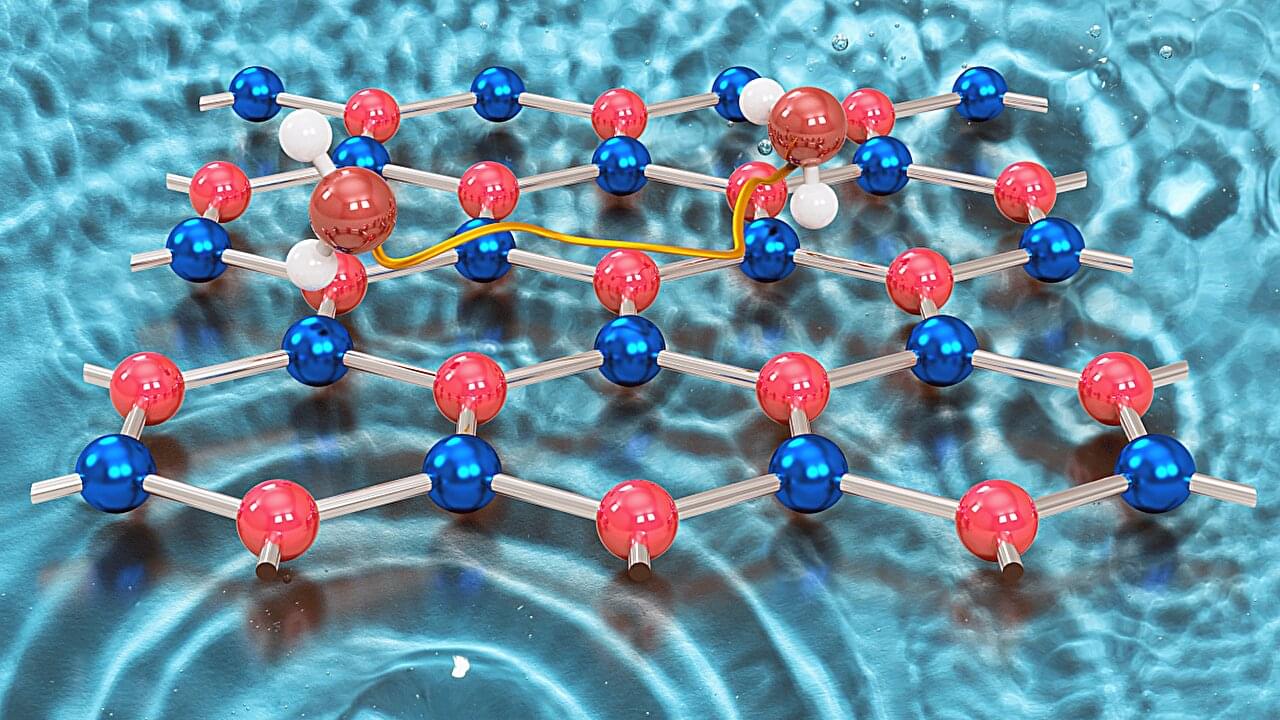Interleukin-17 (IL-17) is a pro-inflammatory cytokine that participates in innate and adaptive immune responses and plays an important role in host defense, autoimmune diseases, tissue regeneration, metabolic regulation, and tumor progression. Post-translational modifications (PTMs) are crucial for protein function, stability, cellular localization, cellular transduction, and cell death. However, PTMs of IL-17 receptor A (IL-17RA) have not been investigated. Here, we show that human IL-17RA was targeted by F-box and WD repeat domain-containing 11 (FBXW11) for ubiquitination, followed by proteasome-mediated degradation. We used bioinformatics tools and biochemical techniques to determine that FBXW11 ubiquitinated IL-17RA through a lysine 27-linked polyubiquitin chain, targeting IL-17RA for proteasomal degradation.







